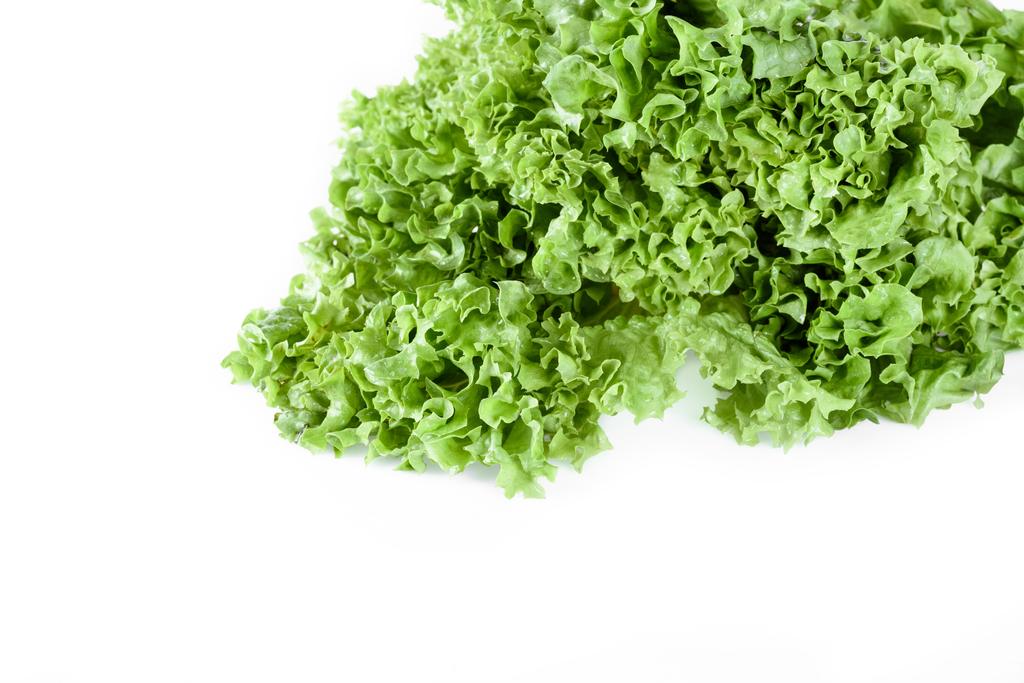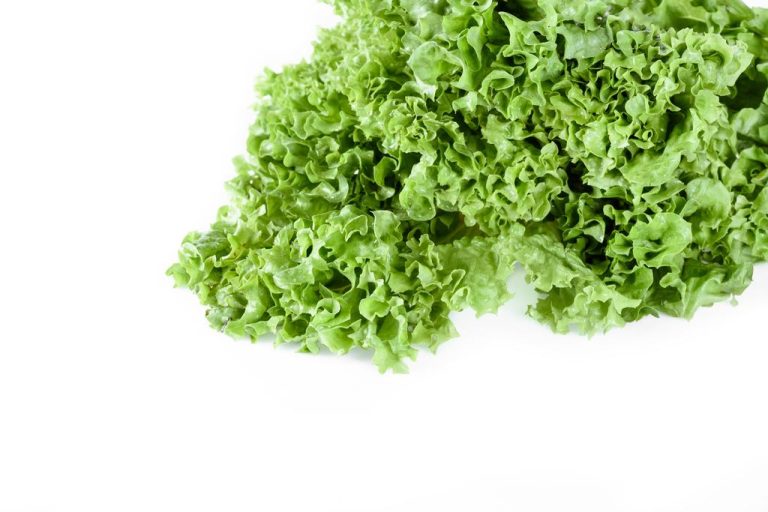Romaine lettuce is a popular staple ingredient for salads and side dishes. We’ll show you how to grow the popular romaine lettuce yourself and use it in the kitchen.
Romaine Lettuce: How To Grow It
Romaine lettuce is also known as romaine lettuce, lettuce or lattuga. It is also suitable for gardeners who are not that experienced yet, as it is a relatively undemanding and easy-care plant. You should consider the following things when growing:
Romaine lettuce grows best in a sunny location. The soil should be loose, rich in humus, nutritious and always moist.
From March you can put the Romana seeds in the cold frame. From April to the end of July you can sow them directly in the open air.
Don’t plant the seeds too deep in the soil. Otherwise they quickly start to rot.
Make sure there is a distance of 30 to 40 centimeters between the seeds. As the plants get bigger, you may need to remove some more so they don’t get in the way of each other.
You can harvest the lettuce after 10 to 14 days. If you want fresh romaine lettuce in your garden all summer long, it is best to sow new seeds every 14 days.
Alternatively, you can also buy Romana young plants and plant them directly in the bed. Again, make sure that there is a distance of at least 25 to 30 centimeters between the plants.
You don’t usually have to fertilize romaine lettuce. However, you should water it regularly so that the soil never dries out. From time to time you can also loosen the soil a bit so that excess water can drain off easily and no waterlogging forms.
After harvesting, the best place to store romaine lettuce is in the fridge. You can also wrap it in some damp paper.

Romaine Lettuce: Uses and Nutrients
The crisp outer leaves of romaine lettuce have a slightly tart flavor. The lettuce hearts, on the other hand, are a little milder. Romaine lettuce is particularly common in Mediterranean cuisine. Here it is used raw in salads or served warm as a side dish. You can serve it fried or blanched (similar to chard or spinach). You can also roast it briefly in the oven.
Romaine lettuce tastes particularly good in combination with aromatic and strong ingredients such as olives, garlic, cheese or roasted nuts. It is particularly well-known as the main ingredient in the famous Caesar salad, in which it is served with parmesan, croutons and the typical Caesar dressing.
Like other types of lettuce, romaine lettuce is mostly water. It is therefore low in calories, but also low in micronutrients compared to other vegetables. Nevertheless, it is a good supplier of vitamin C and also contains small amounts of B vitamins, provitamin A and potassium and calcium.
Note, however, that romaine lettuce, like all types of lettuce, contains nitrates. This can be converted into harmful nitrite in the body. Therefore, consume romaine lettuce in moderation and make sure you eat a balanced and varied diet.

